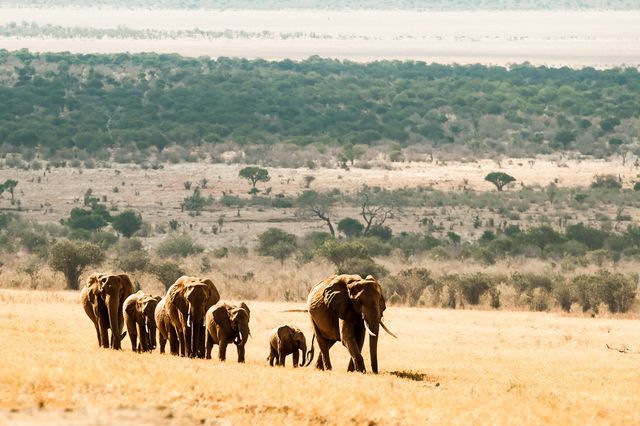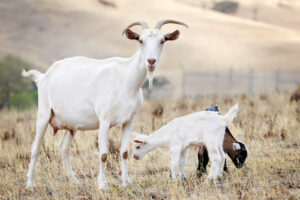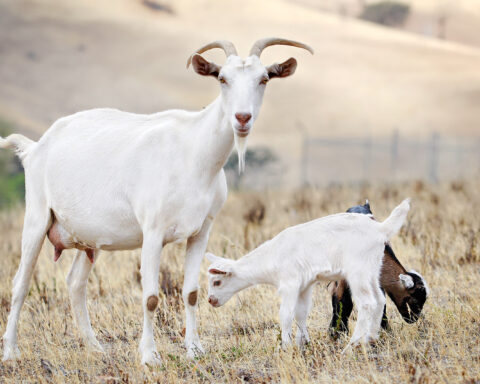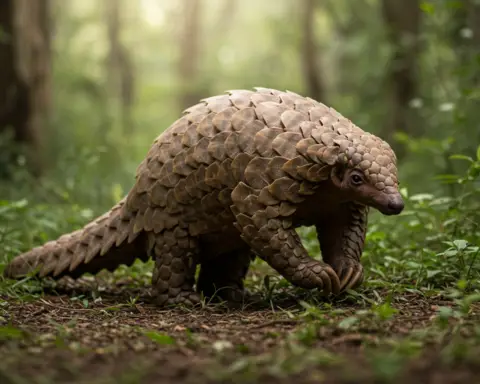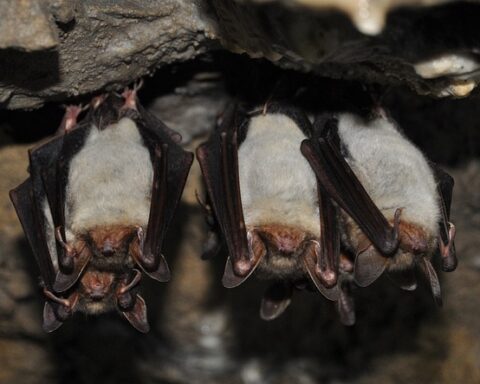The greatest threat for Asian elephants is the destruction of their habitats due to expanding infrastructure. This includes roads, railways and settlements. Conflict between elephants or humans is when elephants eat or trampel cultivated crops, damage buildings and injure and kill people.
Although poaching in Asia is less widespread than in Africa it is still a problem. However, Asian elephants continue to be killed for ivory meat, leather, and meat.
Furthermore, they are sold for the live trade. Large numbers of Asian elephants are held captive in zoos as well as private collections.
There are many threats to wild Asian elephants, including habitat loss and agricultural development. Also, there is conflict with humans as elephants search space and raid trees for food.
With around 30,000 elephants being poached each day, the majority of illegal ivory comes from Africa. The ivory trade is still threatening Asian elephants. Only males have tusks. Females have been mostly spared. Females and males are both at risk from a growing trade for elephant skin. In Thailand, young wild elephants from Myanmar are also traded for tourism. In 2012, Thailand began to crack down on smuggling.
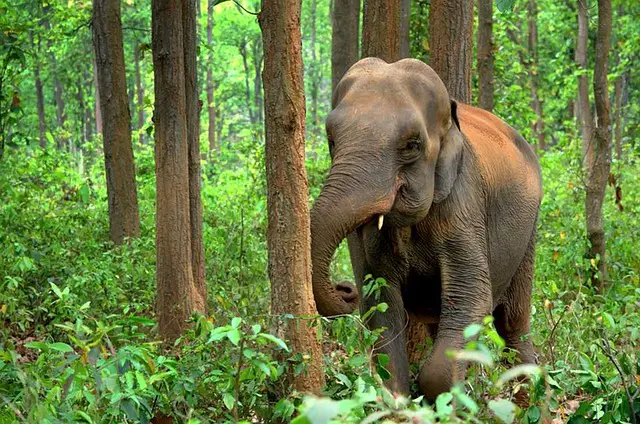 There were more than 100,000 Asian Elephants at the start of 20th century. They could have roamed the Persian Gulf, India, China and other parts of Asia. Their numbers have decreased by at most 50% over the past three centuries. A large proportion of the world’s human population lives near or in Asian elephant habitat. This has reduced its historic range to 15%. These nomads face an increasing threat from poaching, habitat fragmentation, and trade in live elephants.
There were more than 100,000 Asian Elephants at the start of 20th century. They could have roamed the Persian Gulf, India, China and other parts of Asia. Their numbers have decreased by at most 50% over the past three centuries. A large proportion of the world’s human population lives near or in Asian elephant habitat. This has reduced its historic range to 15%. These nomads face an increasing threat from poaching, habitat fragmentation, and trade in live elephants.
As a result, the rate of human development is destroying elephant populations across Asia at an alarming pace.
Asian elephants are far more endangered that their African cousins. The biggest threat to their survival doesn’t come from poaching; it comes from habitat loss. Asian elephants’ habitats are shrinking fast due to increasing urbanization and industrial development in India and Indonesia. This is leading to more isolated populations as well as deadly human-elephant clashes.
The Asian elephant used once to roam the Tigris, Euphrates, and Yangtze rivers in western Asia. The elephant is now endangered. It is now a highly endangered species. It has been eradicated from almost all of Asia (except for a small part of the Indian subcontinent) and from Southeast Asia (mostly from China). Elephants can adapt to a wide range of habitats, including rain forests and grasslands, but they need to move across large areas to get water and food at different times. This is a rare find in Asia, which is densely populated yet rapidly developing.
Although it is difficult for elephants to be counted in the wild, estimates suggest that the wild Asian elephant population, which was in the hundreds of thousand range at the beginning 20th century, now numbers only 37,000-48,000 animals. A cultural tradition has allowed for the preservation of approximately 16,000 Asian Elephants in captivity in 11 Asian Countries. This makes the Asian Elephant an endangered large mammal. In Thailand, there are three times more elephants at home than wild.
Four people stood in a stubble field of Thailand. The left side shows a blue scrub-wearing man, a military-clad man, a man holding an umbrella, and a lady with a red scarf holding a bowl.
Wild Elephants at Risk
* No room for roaming: The greatest threat to wild Asian elk is habitat loss and fragmentation. In the tropics, large areas have been cleared of forest by humans who have quickly colonized rivers valleys. Poachers, loggers, as well developers have pushed elephants into hilly terrains and other habitats that are less suitable for them.
Habitats that were once continuous have been increasingly destroyed by dams and tea and coffee plantations, roads and railway lines. These developments have a negative impact on the elephant clans’ seasonal migrations. Habitat fragmentation also causes elephant populations to be divided into small, isolated units, which is then vulnerable to inbreeding. Some biologists believe there are no wild Asian elephant populations large enough for long-term genetic stability.
* Conflicts and human rights: When elephants move out of the forest into populated areas, they often cause property damage, trample crops and even death. Farmers often respond with guns or poison, not uncommonly.
* Ivory Poaching: Over the last several decades, the global ivory trade has done more to reduce the number of African elephants than the Asian ones. Still, ivory carving is a tradition that has existed in Asia for 500 years. They also hunt males for their trunks.
* Capture of young Elephants: Many young elephants from the wild are taken to supply the entertainment and tourism industries. Mothers and other females that are trying to protect the young animals are sometimes killed. Many calves that are captured for such purposes are preweaned, socially isolated and cruelly treated before they reach the age of five.
Domestic Elephants in Peril
The elephant has been part of Asia’s daily life for thousands years. They were used primarily for transporting people and goods. The timber industry began using elephants when the 20th Century began. This caused the destruction of their natural habitat. The demand for elephant labor has been declining since World War II. This is excepted in Myanmar, which has a smaller elephant population.
Mahout, or elephant handler is losing popularity as the domestic elephants are no more. The profession, its specialized skills, and the time-honored bond between man and elephant are slowly disappearing. Children don’t seem to be interested in the trade. Richard Lair, an expert on Thai elephants, states that “the skill level of elephant-keeping is decreasing rapidly, the ability control bulls.” “Ten to twenty years from now,” Richard Lair, a Thai elephant expert, says, “What are we going do with our bull Elephants?”


